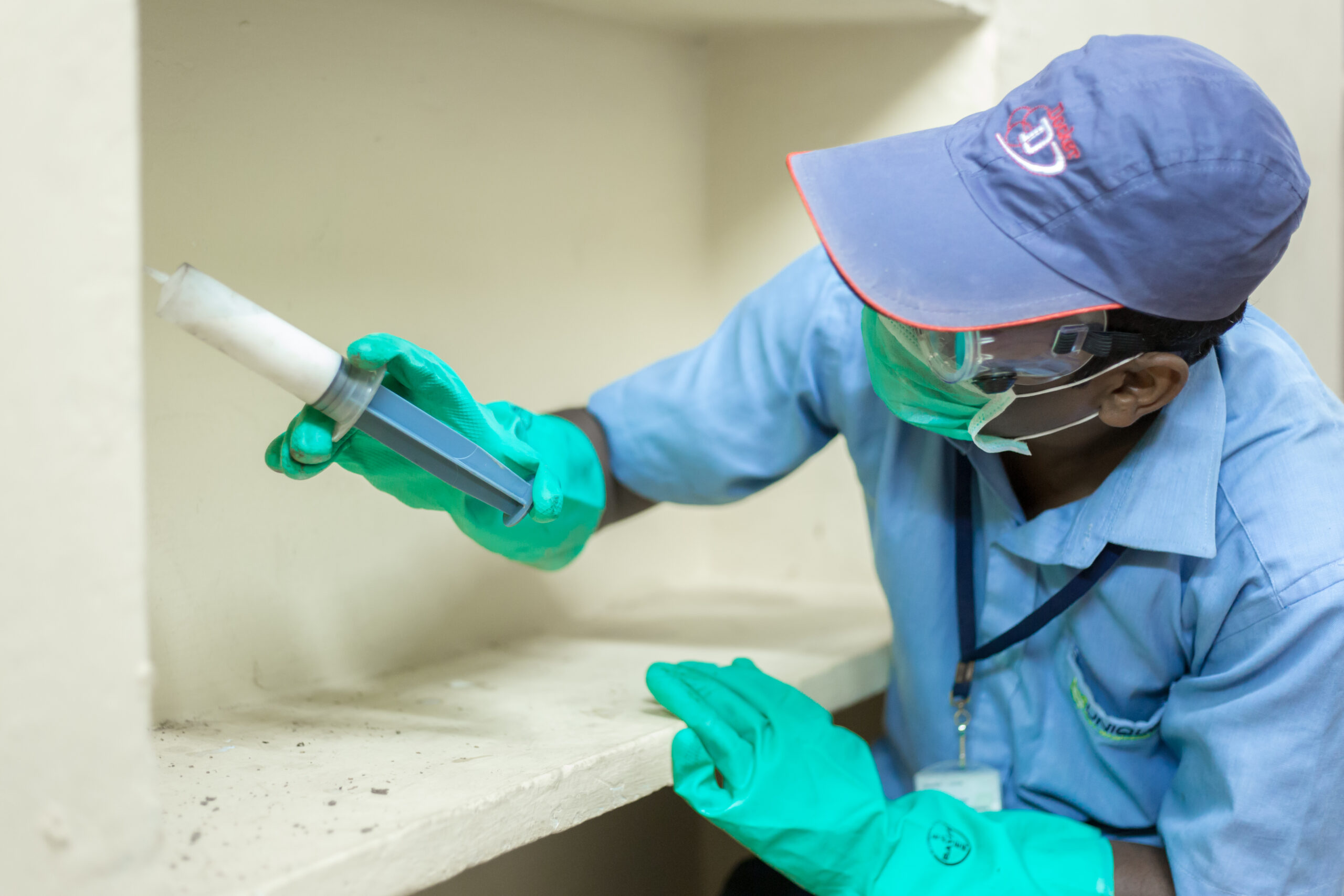As a homeowner, encountering pests in your living space can be an unnerving experience. The first time you need pest control services, it’s essential to be prepared and informed. Below is a comprehensive guide detailing what you can expect throughout the process, allowing you to approach the situation with confidence.
Understanding the Signs of an Infestation
Before contacting a pest control service, it’s important to understand the signs that indicate the presence of pests. Common indicators include:
- Visible Critters: Whether it’s an ant trail, a mouse scampering in the kitchen, or bed bugs in your sheets, seeing pests is often the first sign of an infestation.
- Droppings: Small droppings in areas where food is stored or regularly used spaces can be a telltale sign.
- Unusual Noises: Sounds of scuttling or scratching within walls or ceilings can suggest that rodents or other pests have made their home in your property.
- Gnaw Marks: Signs of chewing on wires, wood, or food packaging suggest that pests are present.
If you notice these signs, it’s crucial to take action promptly.
Choosing our Unique Pest and Facility Management
When reaching out for pest control help, it’s vital to select our pest control companies. Here are some tips for choosing the right service:
1. Research: Look for pest control companies in your area. Check customer reviews, ratings, and professional affiliations.
2. Assess Credentials: Ensure that the company is licensed and insured. Proper certification is a sign of professionalism and standards in pest management.
3. Request Estimates: Contact at least three pest control services for estimates. Be clear about the type of pest you’re facing, as this can affect the price and treatment plan.
4. Inquire About Methods: Ask potential companies about their pest control methods. Do they use safe, environmentally friendly practices? Understanding their approach can alleviate concerns about safety for your family and pets.
What to Expect During the Inspection
Once you’ve selected a pest control service, an inspection will be conducted to assess the severity of the infestation. Here’s what typically happens during this crucial step:
– Walkthrough: The technician will conduct a thorough walkthrough of your home, focusing on common areas of infestation such as kitchens, bathrooms, and attics.
– Identifying Problem Areas: They will check for entry points, potential food sources, and nesting sites to determine the extent of the pest issue.
– Consultation: After the inspection, the technician will discuss their findings with you and recommend a treatment plan tailored to your specific situation.
Treatment Options
Once you have received an assessment, the treatment plan will typically fall into one of the following categories:
– Chemical Treatments: This involves the application of pesticides that target specific pests. The technician will provide information on safety precautions you need to take.
– Non-Chemical Treatments: These may include traps, baits, or environmentally friendly alternatives. Discuss with your technician about the best approach for your home.
– Follow-Up Visits: Pest control is rarely a one-time treatment. Depending on the type of pest and severity of the infestation, follow-up visits might be necessary to ensure long-term eradication.
Preparing Your Home for Treatment
To maximize the effectiveness of the pest control treatment, you may be required to take several preparatory steps, including:
– Clearing Areas: Move furniture away from treatment zones and ensure that areas where pests are prevalent (e.g., baseboards, under cabinets) are accessible.
– Securing Food: Store food in airtight containers and remove perishable items from treatment areas.
– Pet Safety: Make arrangements for your pets, especially if chemicals will be used. Consider having them stay with a friend or relatives during the treatment process.
Post-Treatment Action
After the pest control treatment, it’s important to remain vigilant. Follow the technician’s advice on how to maintain pest control and prevent future infestations. Implementing preventative measures, such as sealing cracks and keeping food stored properly, can significantly reduce the risk of pests returning.

Conclusion
Facing a pest issue for the first time can be daunting, but with the right knowledge and support, you can ensure a thorough and effective pest control experience. By educating yourself about the process and preparing your home accordingly, you can reclaim your living space with confidence and peace of mind.
For personalized advice or to schedule a pest control appointment, reach out to us at Unique Pest and Facility Management. Our experienced team is here to help you tackle any pest challenge safely and effectively.


